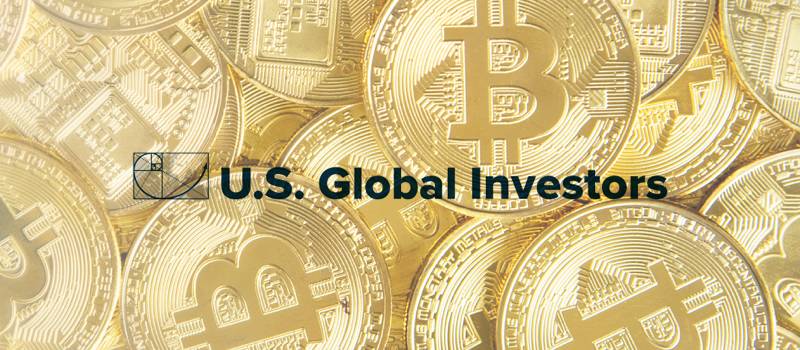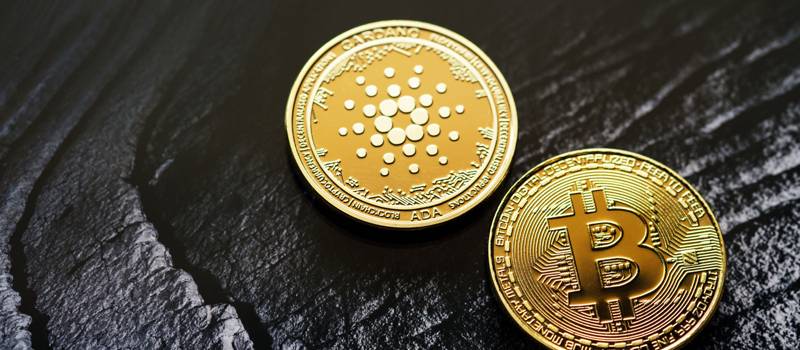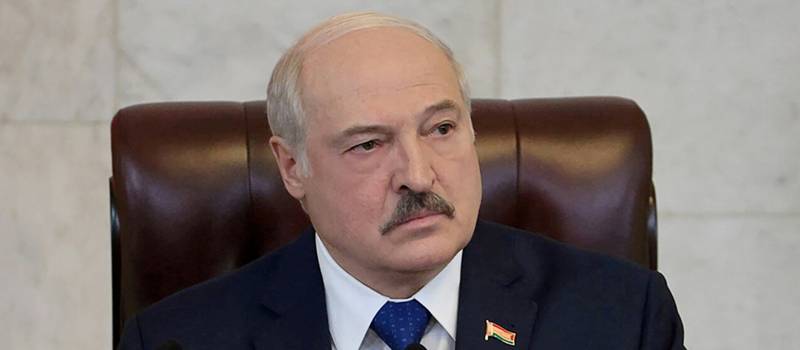Bitcoin ‘whale’ behaviour that preceded April’s $64,000 high is back
So, just what are Bitcoin whales doing lately? These holders of huge quantities of Bitcoin (BTC) are continuing to buy the asset even as the crypto markets saw a recent dip, data from several sources shows. Most analysts believe it is just such investment behavior that precedes bull runs, hinting that another skyrocketing ascent may be in the cards for crypto over the next few months. Known as ‘whales’ in financial circles; these financial titans hold over $50 billion worth of BTC, and they increased their holdings throughout June, July, and August, as per a recent report. Data from on-chain analytics firm Chainalysis shows ‘whales’ accounted for over $10 billion worth of Bitcoin purchases from late June to late August, and some of that came from the business analytics firm MicroStrategy, which, starting last year, has accumulated billions of dollars’ worth of Bitcoin as part of its treasury assets. The report found that the last time such large-scale accumulation of BTC occurred, had been during the run-up to Bitcoin’s all-time high of $64,000, which it hit in mid-April 2021. At that time, the asset reached a market cap of over $1 trillion, before crashing to as low as $28,000 in the months afterward. Bitcoin has since recovered, and it had even crossed back over the support/resistance level of $50,000 early last week. This came just before falling by $3,000 in the middle of last week. Market analysts are unfazed regardless of the moves.
Alexandra Clark, a sales trader at UK digital asset broker GlobalBlock, stated, “Support is nearby according to technical charts.” She then added: “Bitcoin’s simple and exponential moving averages give strong buy signals… Not only that but MicroStrategy continues to grow its Bitcoin portfolio – this support could stabilize the pullback and maintain the breakout move above $45,000.” Daniela Hathorn, a market analyst at foreign exchange firm DailyFX, shared her sentiment: “The positive trend isn’t in any trouble as long as Bitcoin stays above its 200-day moving average at $45,750.” She added that a ‘key challenge’ for buyers was to make it through the $55,000 price level. Meanwhile, while the sentiment remains bullish, Bitcoin certainly can test your resilience as it can sometimes put-up notable drops of two or three thousand dollars during the middle of the night. This shows why the asset remains one of the most volatile financial instruments and it tests many new investors.

US: A historic gold investor is now buying Bitcoin (BTC)
According to a filing to the US Securities and Exchange Commission (SEC) published on August 30th, Texas-based investment management firm US Global Investors purchased significant exposure to Bitcoin by investing in Grayscale funds. The company added over $566,000 worth of Grayscale Bitcoin Trust shares (GBTC) to three out of eight of its mutual funds. The SEC filings show that the company invested $302,899 GBTC in its Gold and Precious Metals Fund, $222,532 in its World Precious Minerals Fund, and $40,958 in its Global Resources Fund. Its total BTC exposure now represents 0.19% of the net assets in the Gold and Precious Metals Fund and the World Precious Minerals Fund, and interestingly, the company has classified its position in GBTC as common equity, according to the filing. This move has come as a surprise to many in the crypto industry, as US Global Investors has typically invested in gold, minerals, precious metals, petroleum, and other natural resources. Notably, Frank Holmes, the CEO and chief investment officer of US Global Investors, serves also as the executive chairman of HIVE Blockchain Technologies. HIVE is a publicly listed cryptocurrency mining company based in Vancouver, Canada.
Both US Global Investors and Holmes personally made a strategic investment in HIVE far back in 2017, after which Holmes was appointed interim CEO. Of course, Peter Schiff, the CEO of Euro Pacific Capital and a known Bitcoin critic, was among the few who didn’t see the company’s move as extremely bullish for the industry. He noted that Holmes’s position isn’t indicative of a greater shift in the way equity managers view cryptocurrencies or Bitcoin. Just more FUD? US Global Investors is not the first major equity manager to gain exposure to Bitcoin through Grayscale. American multinational investment bank Morgan Stanley has been investing in the Grayscale Bitcoin Trust (GBTC) and holds over $36 million worth of GBTC shares. With just over 928,000 shares held, Morgan’s Insight Fund has exposure to 870 BTC. In August, CryptoSlate reported that a division of Chicago’s First Midwest Bank increased its exposure to Bitcoin based on a July filing with the SEC showing that the bank reported holding 29,498 GBTC shares as of June 30th.

Last week saw highest Cardano (ADA) inflows, while Bitcoin outflows continue
Hold onto your hats!!! According to the latest report from CoinShares, which analyzes weekly flows into digital asset funds, the rebound seen in digital asset fund inflows spells good news for the industry, as it indicates the market might be entering a bullish period. The report found that digital asset investment products enjoyed a second consecutive week of inflows, totaling $24 million. However, this improvement was not driven by Bitcoin. CoinShares particularly noted that the recovery has been predominantly due to improved sentiment in altcoins, even though Bitcoin still holds the largest part of the market. In fact, Bitcoin saw outflows for 14 out of the past 16 weeks, and $650 million worth of the cryptocurrency has been taken out of digital asset funds. Before you run to check your account, it is notable that despite eight consecutive weeks of outflows, total outflows during this period still remain quite small relative to the total assets under management (AuM) ($38 billion) and year-to-date inflows of $4.1 billion.
On the other hand, by looking at Ethereum digital asset funds, there is a much more bullish sentiment. ETH saw outflows only 7 out of the last 16 weeks, and its 25% market share has remained stable for the better part of the year. Last week’s best performer, just when you might not have noticed, was Cardano, which saw inflows of over $10 million. This is the largest inflow of capital Cardano funds has ever seen, and it has brought its market share to 0.15%. Close competitors Solana and Polkadot both saw inflows this past week, with $2.7 million flowing into Solana and $1.5 million going into Polkadot. The fresh capital enabled Solana to overtake Bitcoin Cash’s AuM, which now totals $15.7 million. CoinShares noted that the significant rise in inflows means that altcoins now represent 32% of the total digital asset AuM, and this surpasses the highs the market witnessed in January 2018. Back then, altcoins represented 30% of the digital asset AuM and had been getting very close to the 35% record set in mid-May this year.

Vitalik Buterin proposes greater integration of Dogecoin (DOGE) and Ethereum
How can Dogecoin evolve? With DOGE struggling to recapture its previous form from earlier on in the year, if Ethereum co-founder Vitalik Buterin had his way, Dogecoin could be ready for an overhaul that would see a major step forward in its evolution. It is likely that his proposal could go some way to reigniting interest in the controversial meme token. As a “Twitter experiment,” Buterin posted a tweet requesting people he follows ask him anything – either crypto, or non-crypto related questions. The CEO of Three Arrows Capital, Su Zhu, responded by quizzing Buterin on his Dogecoin/Ethereum integration ideas. The response? Not surprisingly, similar to what Ethereum is trying to accomplish with ETH 2.0, Buterin suggested Dogecoin change its consensus mechanism from Proof-of-Work (PoW) to Proof-of-Stake (PoS). He added that, by using Ethereum code, developers wouldn’t need to start from scratch in order to accomplish this feat. “Personally, I hope that Doge can switch to PoS soon, perhaps using Ethereum code,” Buterin tweeted. PoS vs. PoW is a hotly contested topic, and advocates for each side maintain that their way shows superiority. Simply put, PoS offers more scalability and throughput, and yet since PoW networks are fully decentralized and have high hash rates, meaning they are strongly miner supported, the PoW network is said to be more secure.
However, environmental concerns seems to be the decisive factor in current times, and this sentiment favors PoS over PoW networks. Critics of PoW believe that its high electrical consumption, along with its use of polluting power sources, make it unsustainable in the long term. Dogecoin detractors point out the protocol’s inflationary supply, questioning how a token with infinite supply can hope to have any value. DOGE was initially launched with a 100 billion fixed token supply. However, in order to promote its use as a tipping mechanism while also discouraging hodling, the Dogecoin developers removed this limit and, currently, $5 billion of DOGE are added to the supply each year. Buterin mentioned that he is in favor of keeping the inflationary issuance. Rather than entering into the token supply, however, he suggests channeling the funds into a decentralized autonomous organization (DAO) that “funds global public goods.” This, Buterin said, is in keeping with Dogecoin’s “wholesome ethos.”
He then went on to add, “I also hope they don’t cancel the 5b/year annual PoW issuance, instead they put it in some kind of DAO that funds global public goods. Would fit well with dogecoin’s non-greedy wholesome ethos.” Interestingly, as Dogecoin was spiking higher earlier in the year, its co-founder Billy Markus resurfaced to post an open letter on Reddit explaining why he disappeared and what he wants for DOGE going forward. In his open letter, Markus wrote that it’s his hope that Dogecoin can be a force for good.

Over half a billion dollars worth of Ethereum (ETH) are now burned
Data from multiple sources show that after last month’s Ethereum Improvement Proposal (EIP)-1559, half a billion dollars’ worth of Ethereum (ETH) have now been ‘burned.’ The EIP-1559 is an upgrade designed to improve pricing mechanisms by including a fixed-per-block network fee that is burned. ETH, the world’s second-largest cryptocurrency after Bitcoin by market cap, went live last month and has performed as expected so far. As per data from onchain tracker Etherchain, over 177076.1 ETH has been burned in under four weeks since EIP-1559 went live. This amounts to over $675 million at current prices, but still accounts for less than 1% of Ethereum’s 117 million circulating supply. Between five to seven ETH are burned every minute ($21,000 to $27,000), with a block utilization of 50.9%. A snapshot of past blocks shows an average of 1 ETH is burned each block. Miners, on the other hand, earn over 2 ETH ($7,800) on average for each block they mine. How does EIP-1559 help? For one, it makes fees more predictable for users. After the upgrade yesterday, a ‘base transaction fee’ is now charged to users, and it is algorithmically determined by how busy the network is. Users then ‘tip’ miners to have their own transactions processed quicker.
The miners themselves will only receive the tips, and then the ‘base fee’ amount will be ‘burned’ out of supply forever. In terms of the market effect, this means there’s now fewer ETH available on the market daily, which should, in turn, make the asset even more valuable to holders and investors. And the market seems to enjoy hearing this narrative: Ethereum has risen over 50% in the past month and 21% in the past week alone, running to a $445 billion market cap as of late last week. Some crypto traders are betting on a price target as high as $10,000 per ETH this year—providing it with a market cap of over a trillion dollars if that were to happen.

Belarus president calls on citizens to mine crypto
Alexander Lukashenko, the President of Belarus, has urged citizens to mine cryptocurrencies instead of moving abroad to pursue low-paying farming jobs. Speaking at the opening of the Petrikovsky Mining and Processing Plant on August 27th, Lukashenko said that the country had ample energy resources just waiting to be put to good use. He referred to the country’s numerous abandoned industrial sites, and these included both electric and nuclear power plants. According to a report from the Russian media site RBC, Lukashenko addressed the rising number of people who are moving abroad in order to look for seasonal jobs, saying that nobody was waiting for Belarusians with open arms. He went on to explain that if a country was willing to accept the huge influx of migrants, it would only be for low-paying farming jobs in other Eastern European countries such as Poland. He added that there were a lot of financial opportunities for people in Petrikovsky, as the region was rich with cheap energy resources. “Start mining cryptocurrencies, or whatever they’re called,” Lukashenko said last week. “There is enough electricity in the country.”
Cryptocurrencies have been fully legalized in Belarus for almost four years, ever since the country adopted the Decree of Digital Economy in December 2017. This decree exempted the crypto industry from taxes and allowed its citizens to freely own and transact in all types of digital assets. Belarus has been at the forefront of crypto adoption in Europe. In April 2019, Lukashenko proposed using excess energy from the country’s first nuclear power plant to mine cryptocurrencies. The same year, Belarusbank, the largest bank in the country, said that it was considering setting up a cryptocurrency exchange as part of its digitalization effort. Earlier this year, the country’s Ministry of Energy announced that it was actively exploring starting a state-run cryptocurrency mining project. The massive pro-crypto movement in Belarus can be linked to the complicated political situation which has plagued the country for the past decade. Lukashenko came into power as president in 1994, and he has been re-elected six times since then. In the past, he had faced heavy criticism and sanctions from the West due to his poor monetary policy, the lack of democratic freedom in the country, and mounting foreign debt. Faced with an economic crisis and shrinking freedoms, Belarusians have been migrating en masse to Western Europe, pushing its government to adopt a pro-crypto attitude they believe will keep people in the country.
The post Digital Asset Insights #31 appeared first on JP Fund Services.
Tradersdna is a leading digital and social media platform for traders and investors. Tradersdna offers premiere resources for trading and investing education, digital resources for personal finance, market analysis and free trading guides. More about TradersDNA Features: What Does It Take to Become an Aggressive Trader? | Everything You Need to Know About White Label Trading Software | Advantages of Automated Forex Trading




































